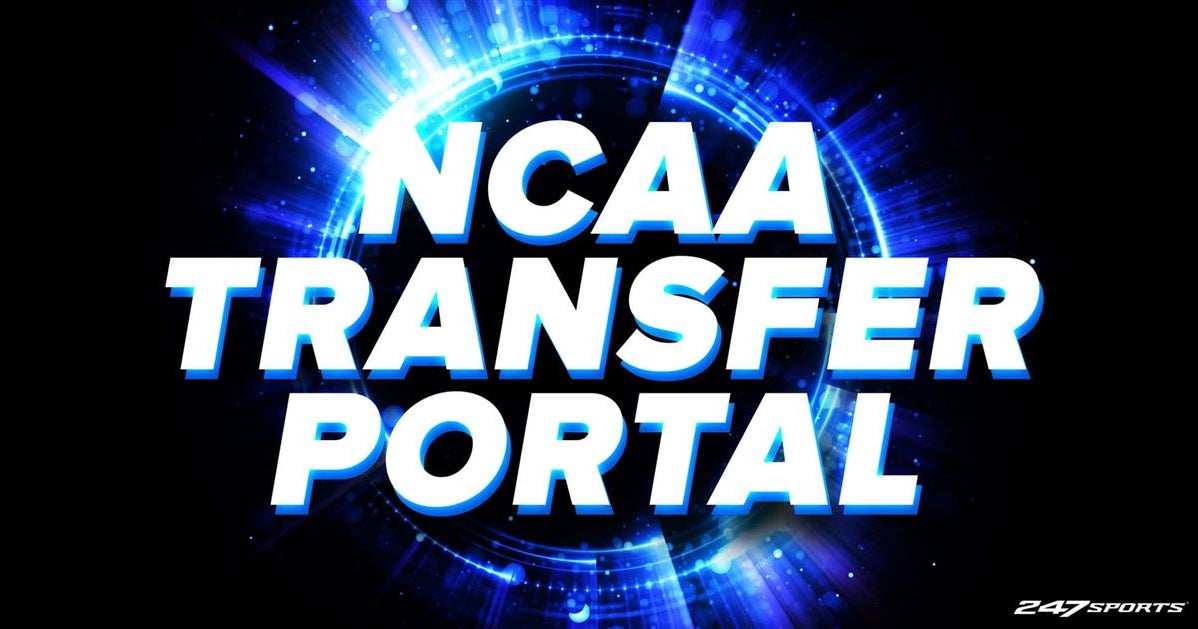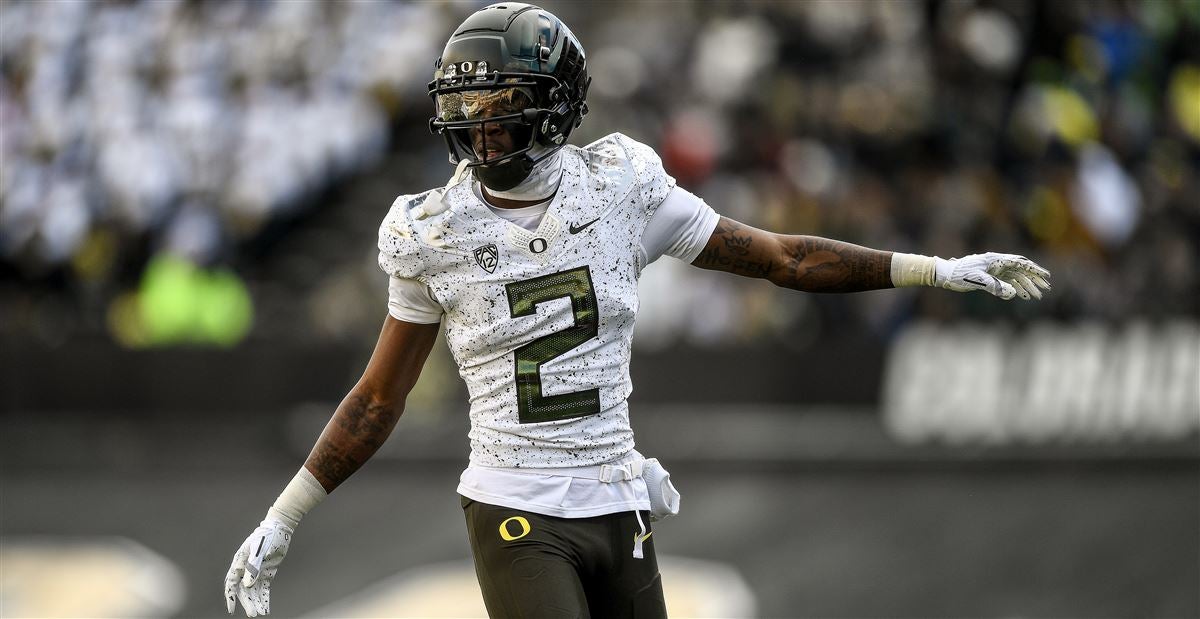The Intricate World of College Football’s Top Transfer Portal Players: Unraveling the Complexities
Introduction
College football has witnessed a paradigm shift with the emergence of the NCAA Transfer Portal. This revolutionary system allows players to transfer schools without sitting out a year, opening up unprecedented opportunities for athletes to seek greener pastures.
The Transfer Portal has propelled certain players into the limelight, transforming them into coveted commodities. These top transfer portal players command attention from top programs, fan bases, and media outlets alike. However, their journeys are not without complexities, presenting a fascinating interplay of athleticism, ambition, and the ever-changing landscape of college football.
A Surge in Transfer Activity
The Transfer Portal has unleashed a surge in player movement, with over 2,500 players entering the portal in the 2022-23 academic year alone. This influx has created a highly competitive environment for top players, as schools vie for their services.
Data Point: According to the NCAA, the number of FBS players entering the Transfer Portal has increased by 30% since the 2019-20 season.
Factors Driving the Transfer Phenomenon
Several factors contribute to the rise in player transfer activity. Athletes prioritize playing time: Competition for starting roles at major programs is fierce, and the Transfer Portal allows players to seek out opportunities for increased playing time.
Coaches pursue strategic roster building: Coaches can use the Transfer Portal to address specific needs by targeting players with desired skill sets or experience.
Players respond to NIL opportunities: Name, Image, and Likeness (NIL) deals have emerged as another factor influencing player transfers. Athletes can explore potential NIL opportunities at different schools, potentially enhancing their earnings and exposure.
The Impact on Player Development
The Transfer Portal can provide transformative opportunities for players to improve their skills and advance their careers. By transferring to a school with a better coaching staff, facilities, or playing style, players can enhance their development.
However, frequent transfers can also lead to instability and hinder players from fully integrating into a team. The constant need to adjust to new systems and personalities can be disruptive to their growth.
Ethical and Governance Concerns
The Transfer Portal system has raised ethical and governance concerns. Critics argue that it empowers players to transfer too freely, potentially undermining team chemistry and rewarding players who prioritize individual gain over team success.
Additionally, there are concerns about the potential for tampering and undue influence by agents or coaches who might exploit players in the portal.
Exploring Different Perspectives
The complexities surrounding college football’s top transfer portal players evoke diverse perspectives.
- Player advocates: Emphasize the right of athletes to pursue their own interests and seek opportunities for growth.
- Coaches: Express concern over the impact of frequent transfers on team cohesion and the integrity of the sport.
- Administrators: Seek to balance the needs of players with the stability of their programs and the overall health of college football.
Real-Life Examples
The real-world impact of the Transfer Portal is evident in the stories of individual players.
- Caleb Williams (Quarterback, USC): The former Oklahoma star transferred to USC and became a Heisman Trophy finalist, leading the Trojans to the Pac-12 Championship Game.
- Quinn Ewers (Quarterback, Texas): The highly touted recruit transferred from Ohio State to Texas, hoping to revitalize his college career.
- Toriano Pride (Wide Receiver, Clemson): Despite being a key contributor at Virginia Tech, Pride entered the Transfer Portal and landed at Clemson, seeking a more competitive environment.
Conclusion
The NCAA Transfer Portal has transformed the college football landscape, creating unprecedented opportunities for players while also presenting a complex web of challenges. Balancing the rights of athletes with the stability of teams and the integrity of the sport remains a delicate task.
As the Transfer Portal continues to evolve, it is crucial to engage in thoughtful discussions that address the ethical, governance, and developmental implications of this transformative system.
Only through collaboration and comprehensive analysis can we ensure that the Transfer Portal serves the best interests of players, teams, and the future of college football.

